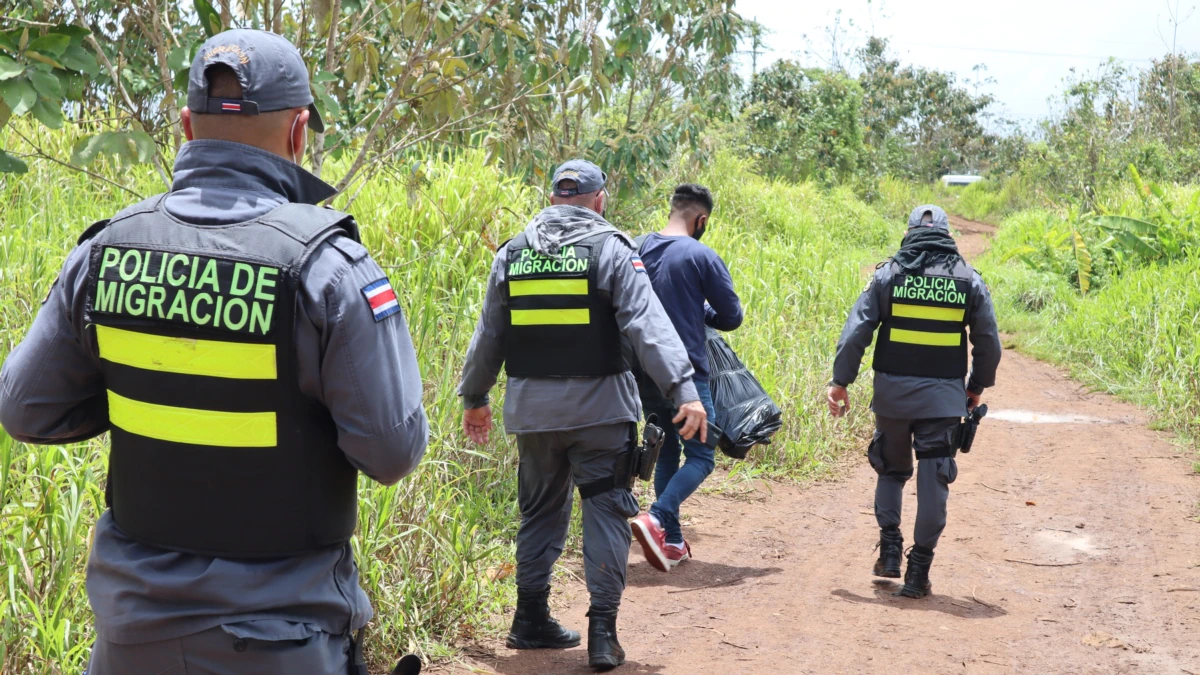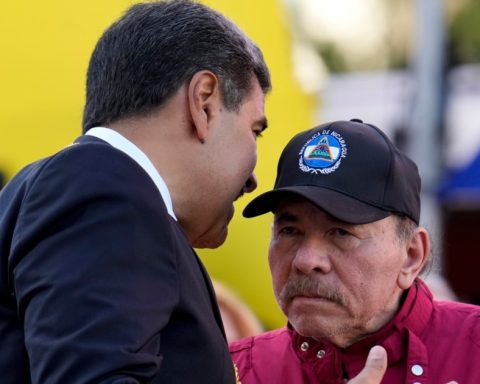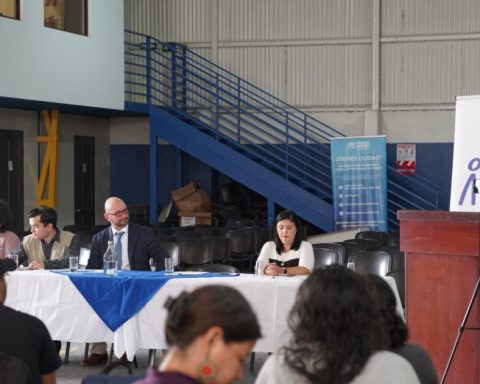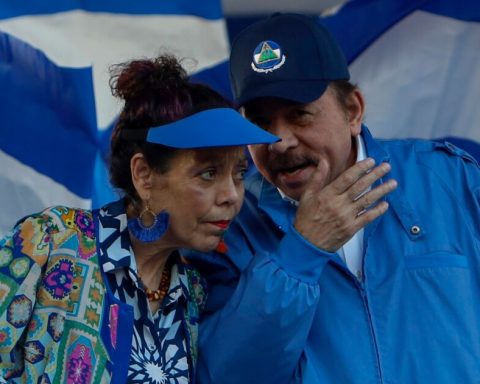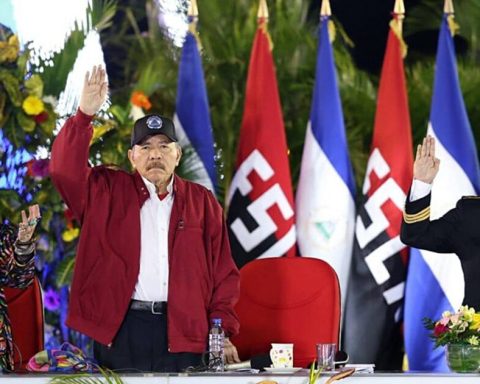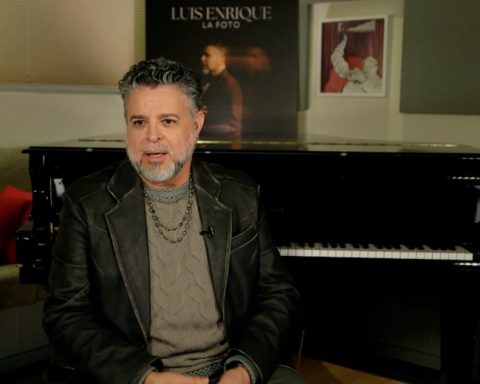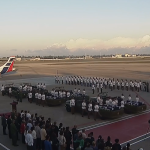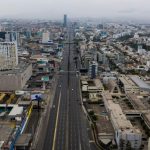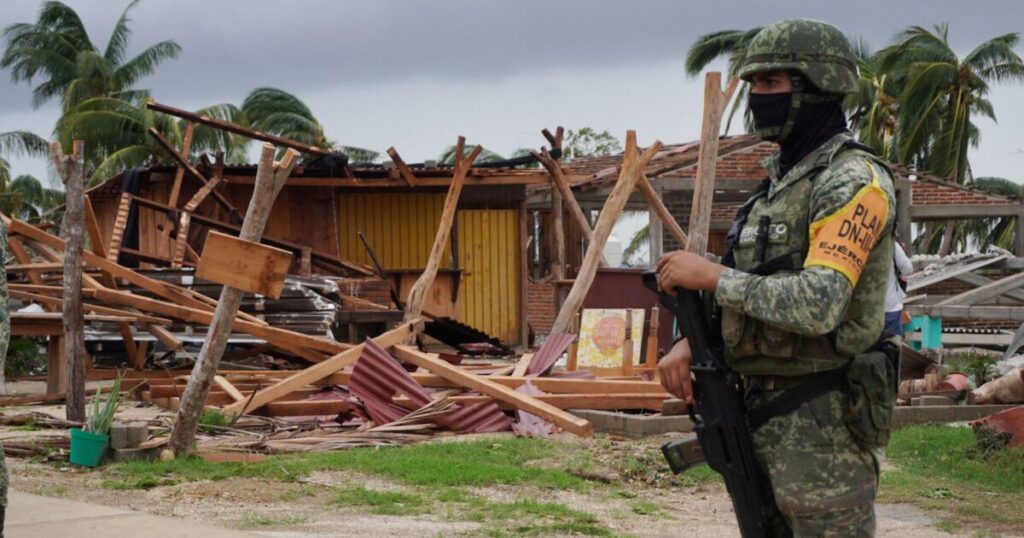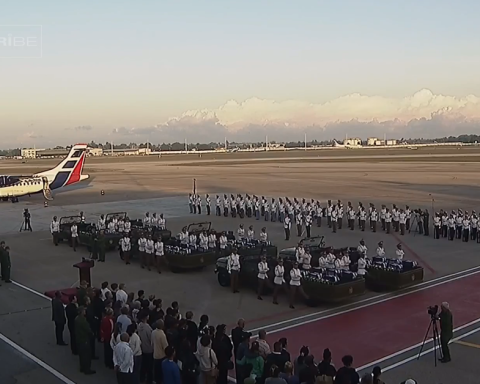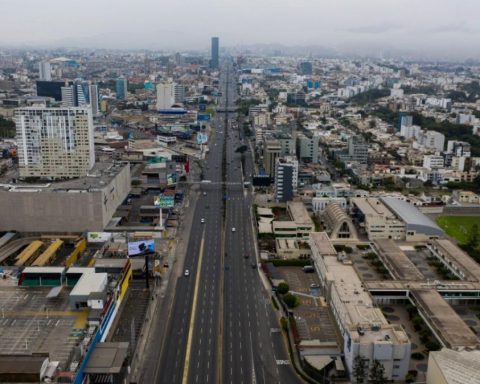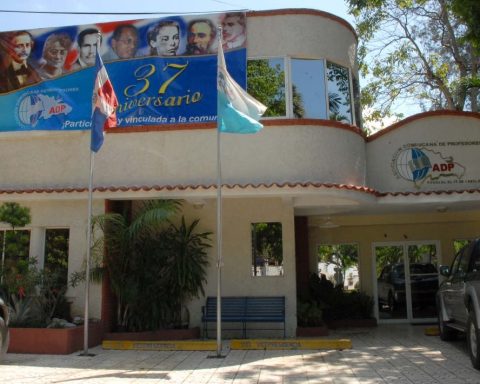The numbers of Nicaraguans in Costa Rica already exceed those that this country registered during the 1980s, when a war was experienced after the triumph of the Sandinista Revolution, he points out to the voice of america the deputy director of Immigration and Immigration, Allan Rodríguez.
The official explained that since 2018 there has been a drastic change in the statistics of the last three decades, and that even this caused them to reinvent themselves by overcoming the institutional capacity to deal with cases.
In 2017, Costa Rica received a little more than six thousand refugee applications, the majority were of Venezuelan nationality, however, as of the political situation in Nicaragua in 2018, that reality changed.
“For us, there is a before and after that issue. We began to receive flows of three hundred people a day, 500, 1,000, and in less than a week we already had lines outside the General Directorate of Migration of more than 3,000 people who attended daily while we organized ourselves, “said the official. .
From 2018 to date, Rodríguez assures that they have received more than 180,000 refugee applications.
During the year 2020, they counted 29,000 refugee applications; in 2019 it was 39,000.
“We were on an upward curve; in the first months of 2020; We had a rhythm that possibly reached 50,000 applications, but given the issue of the pandemic and, as I pointed out, with the closure of borders, we only received 12,000 applications.”
Rodríguez acknowledges that possibly due to the pandemic “people did not want to move, there was a lot of fear”, despite the fact that the General Directorate of Migration of the Costa Rican State never stopped receiving requests.
However, in 2021, when the elections were held in Managua, and where the government of President Daniel Ortega unleashed a wave of persecution against his critics, the official affirms that they closed with a record number of fifty-nine thousand refugee applications.
“Almost 60,000 people activated the international protection system in Costa Rica. Those are definitely historical numbers. We hadn’t recorded that amount in many, many decades, if not at any time. Not even when we go back to the 1980s and so on, because at that time of conflict in Nicaragua and Central America in general, there was talk of 80,000 people who were treated,” he emphasized.
“It is something that we could say with all property that had not been seen before,” he adds.
Figures “scare us” says United Nations
Alberto Brunori, regional representative for Central America of the Office of the United Nations High Commissioner for Human Rights (OHCHR), indicates that he may not have a way to make a comparison now about the 1980s, however he acknowledges that currently there has been a “scary” increase in Nicaraguan migrants.
“For example, in 2022, to date, the Nicaraguans who have been intercepted at the United States border have been 92,037, this a few days ago, at the end of May and the beginning of June,” he indicates.
He points out that in 2021 the figure had been a little more than 50,000 Nicaraguans seeking the United States. “What does all this mean? It coincides with the wave of exiles, of refugees after the events of 2018 and as of 2021, when the elections are approaching, the wave of large departures from the country returns.”
“That has two possible explanations. One is, surely, without a doubt, the issue of repression and social control that has become unsustainable and that forces people to leave for security reasons to protect their own lives. Another has to do, especially in those who go to the United States, for economic reasons. The situation is of extreme concern and we are closely monitoring this phenomenon,” adds Brunori.
Data of more refugees
On the other hand, the Costa Rican official reported about 180,000 refugee applications that have been received and of these, 89% are Nicaraguan. “Each and every one of these people has been duly documented. That is the data we have because the system guarantees that once the request is submitted, they receive that identification document so that they can access the corresponding services”.
According to the expert, 89% of the requests correspond to people of Nicaraguan nationality. There are also Venezuelan nationals, others from Colombia, El Salvador and some of the other countries in northern Central America.
“They are really numbers that make up less than 10%, which, even for these nationalities, access to the system as such is more immediate because they do not require a prior appointment to be served,” he concludes.
Connect with the Voice of America! Subscribe to our channel Youtube and turn on notifications, or follow us on social networks: Facebook, Twitter and Instagram
